This 26-year-old Mumbaikar rescues and rehabilitates wild animals, birds, and reptiles
Rescuing over 1,000 wild animals every year since its inception, Resqink Association for Wildlife Welfare also aims to educate people and dispel myths and misconceptions about wild animals.

In cases on human-wildlife conflict, there are no guesses as to who generally emerges the winner. As more forests, and areas with minimal human settlement give way to concrete jungles, high rises, and frenzied human activity, animals are often left bewildered, and without a home.
A group of young volunteers in Mumbai, part of Resqink Association for Wildlife Welfare (RAWW), are ensuring that wild animals, birds, and reptiles who have lost their natural habitat remain unharmed as they enter human settlements. Traversing through Maximum City, attending rescue calls while juggling their academics and first jobs, the rescuers, in their early 20s, have dedicated themselves to the cause of urban wildlife conservation.
RAWW Founder Pawan Sharma, 26, says:
“With every wildlife rescue, we step an inch closer towards its conservation. As humans, when our instincts to kill an animal in fear changes to saving the animal in distress, we learn how to coexist. That's what we at RAWW believe: Rescue. Conserve. Coexist.”
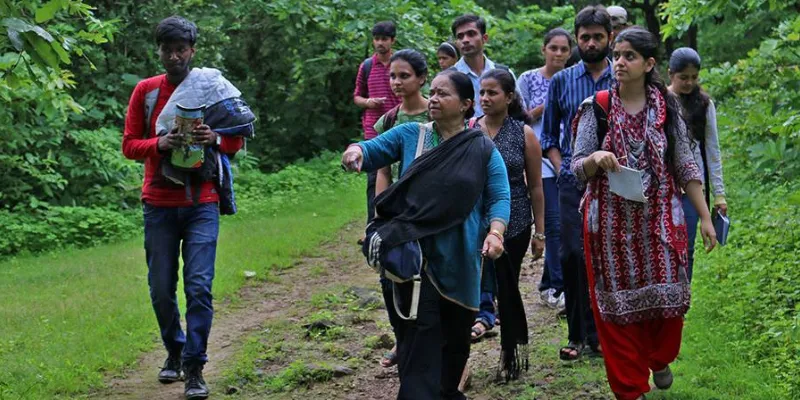
The organisation carries out interactive sessions, and nature trails.
From resisting an angry mob ready to kill the leopard entering a human habitat to doubling up as sleuths to help authorities keep a check on the wildlife trafficking trends, these wildlife rescuers’ are ensuring a safe haven for wildlife. Their aim is to reduce the human-wildlife conflict in the best possible way.
Over the past six years, Pawan has rescued over 5,000 snakes, actively participated in major leopard rescue operations in Mumbai, and assisted the forest department in nabbing alleged culprits indulging in wildlife trade. Presently, he is one of the youngest honorary wildlife warden working with the Maharashtra Forest Department (Thane city).
Also read: This mobile app connects animal lovers across India, provides real-time help to strays
The beginning
Pawan was only 13 years old when he rescued a snake with the help of a bucket and hook of an aluminium hanger. A Russell Viper had entered his building premises and gobbled up one of his kittens. While the society members were convinced that the venomous snake was a threat and should be killed, Pawan managed to assure the residents that he would rescue and release the animal in its natural habitat.
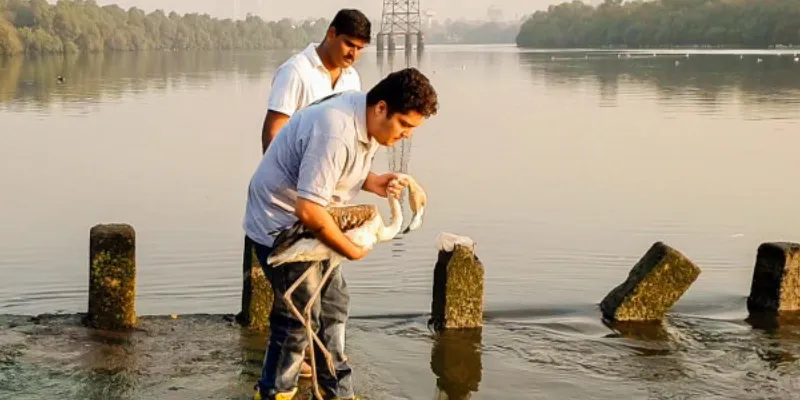
A year later, a similar incident occurred and this time when a snake was spotted, the residents approached a local snake rescuer. This incident inspired him to start his own volunteer group to rescue reptiles and, thus, he founded RAWW.
Wild, wild Mumbai
The Mumbai-based NGO, started in 2013, is a completely volunteer-driven organisation led by Pawan, and supported by a group of young student volunteers. They are actively involved in rescuing wild animals, birds, and reptiles in Mumbai.
“Most of our volunteers are students juggling academics and part-time jobs, or young professionals managing the erratic work schedules of their first jobs. All are our members who provide us legal, financial, medical assistance work on pro-bono basis with the pure intent of working towards the cause of wildlife conservation,” Pawan says.
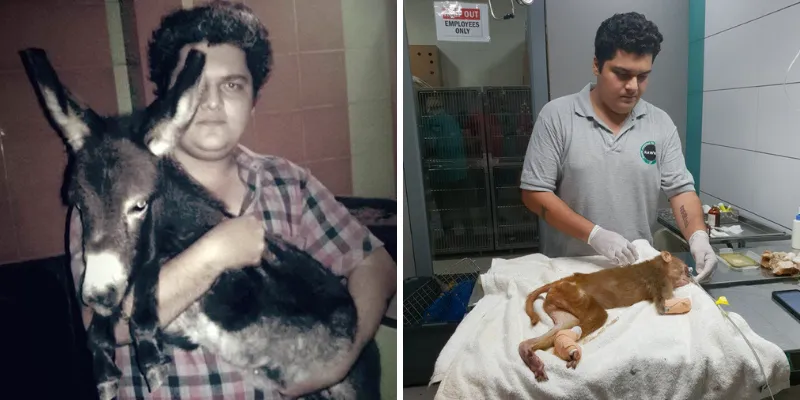
The organisation rescue, and rehabilitates injured animals, providing immediate treatment, and temporary foster care to the wild animals, birds, and reptiles in the city. They then release them into their natural habitat once they recover.
The team also goes door-to-door, educating people regarding environment conservation and its importance for the present and future. They also carry out interactive sessions, lectures, and nature trails with the help of experts in the concerned fields.
Every year, the team rescues over a thousand wild animals, birds, and reptiles in and around Mumbai. Between October and December, 2018 alone they successfully rescued 332 wild animals.
Compassion for the wildlife
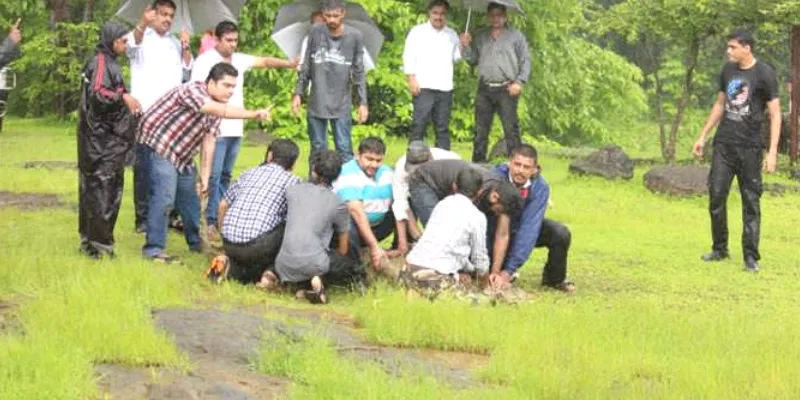
At a rescue mission
One of the main efforts of the organisation is to highlight the problems faced by wild animals when their natural habitat is compromised. Through multiple campaigns over the years, RAWW hopes to find sustainable solutions to the issue.
“We need to eradicate the rituals and misconceptions about snakes, animals, and birds with science,” Pawan explains.
For instance, in 2018, to raise awareness about the harmful effects of feeding savoury snacks to seagulls on Marine Drive, the team started an awareness campaign through social media with the hashtag #DoNotFeedWildLife, and also put up physical banners around the area. They soon got the attention of State Minister of Finance And Planning Forests, and the Mangroves Cell even posted guards at Marine Drive to prevent citizens from feeding snacks to the seagulls.
They also led ‘Project Raahat’ during the devastating Kerala floods last year, and participated in a joint rescue operation with AWAAZ and Thane SPCA to provide essential relief materials and medicines for the flood affected animals and their caregivers in Kerala. Collectively, they rescued over 300 animals.

The organisation has also participated in over four Indian pangolin rehabilitation exercises with the Maharashtra Police and Forest Department. Pangolins are globally endangered, threatened, and the most trafficked species because of the high demand of their scales, body parts, and meat.
Also read: Meet K M Chinnappa, the one-man army on a crusade to protect wildlife for over 50 years
Infrastructure, a concern
A wildlife rescue is incomplete unless the wild animal is rehabilitated or released into their natural habitat. If injured, in most cases the animal is unfit for release unless it is given proper treatment, space and time to respond to the treatment. In such times, a well-fitted wildlife rescue ambulance plays a pivotal role in taking the injured animal for regular medical check-ups and get it to the rehab centre/ hospital.
“At present, we have a four-year-old semi-equipped ambulance for humans that was donated for our cause. We use it for the rescue, treatment, and rehabilitation process. However, the basic ambulance with modest equipment, lacking space and infrastructure to accommodate big cages is insufficient to conduct big rescue operations or handle sensitive cases of rehabilitation,” Pawan explains.
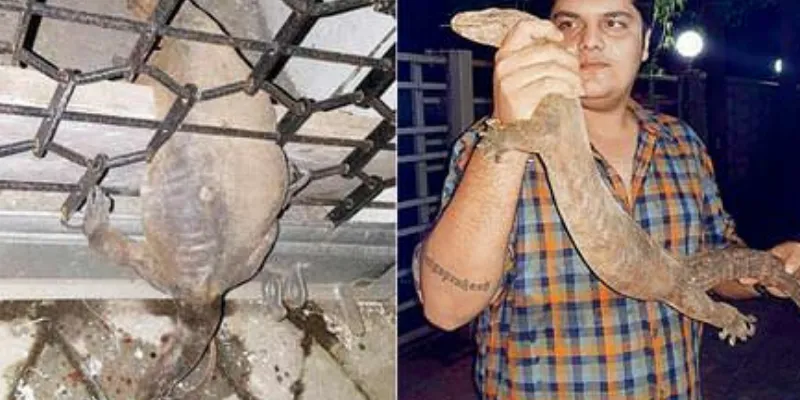
Since RAWW is a completely volunteer-driven organisation, funding remains a key issue. The team is presently raising funds for an ambulance, and other safety gear, including an emergency first-aid kit for rescuers, and an emergency medical kit for injured wildlife.
Also read: This wildlife conservationist from Assam has rescued over 2,500 animals till date






